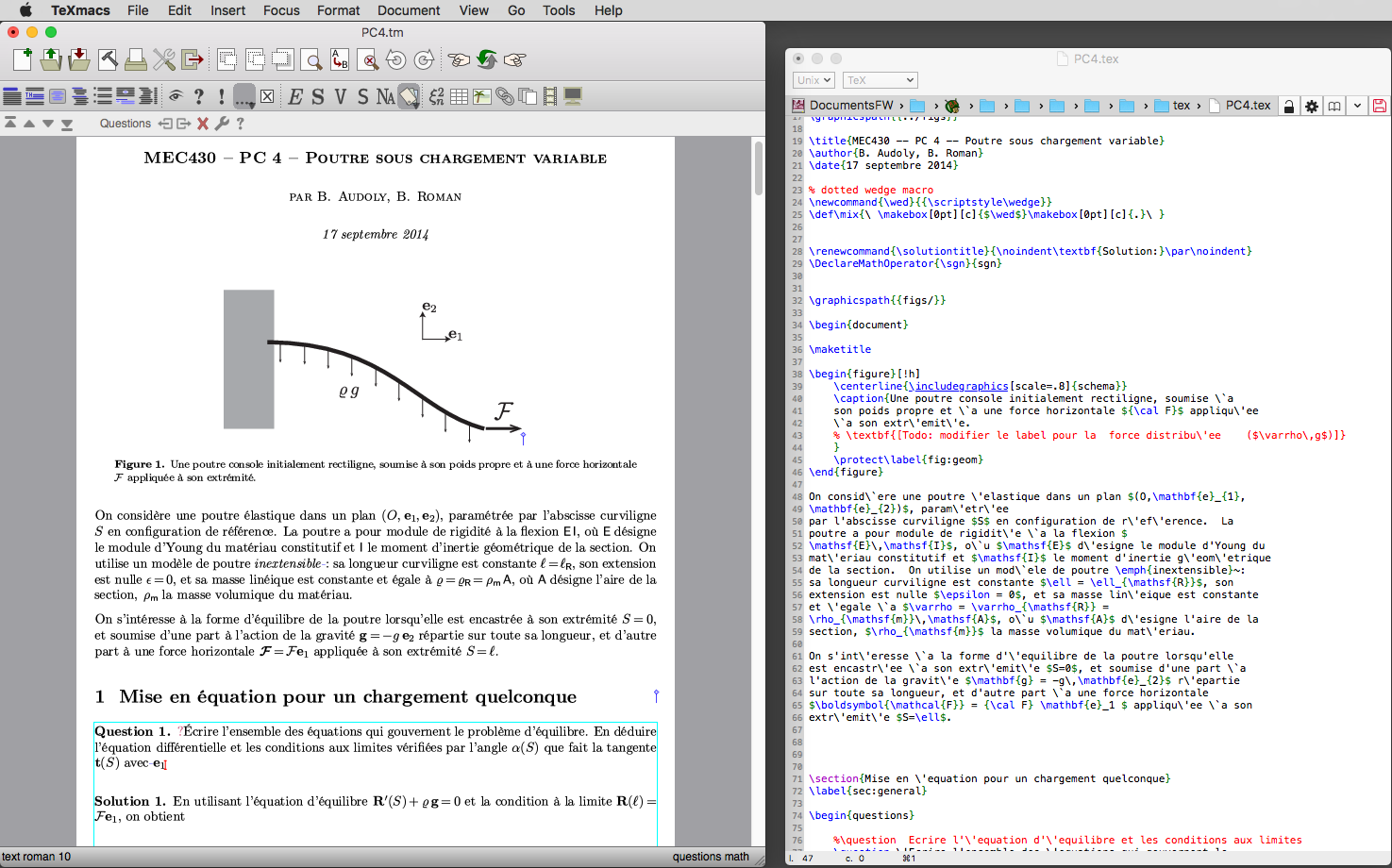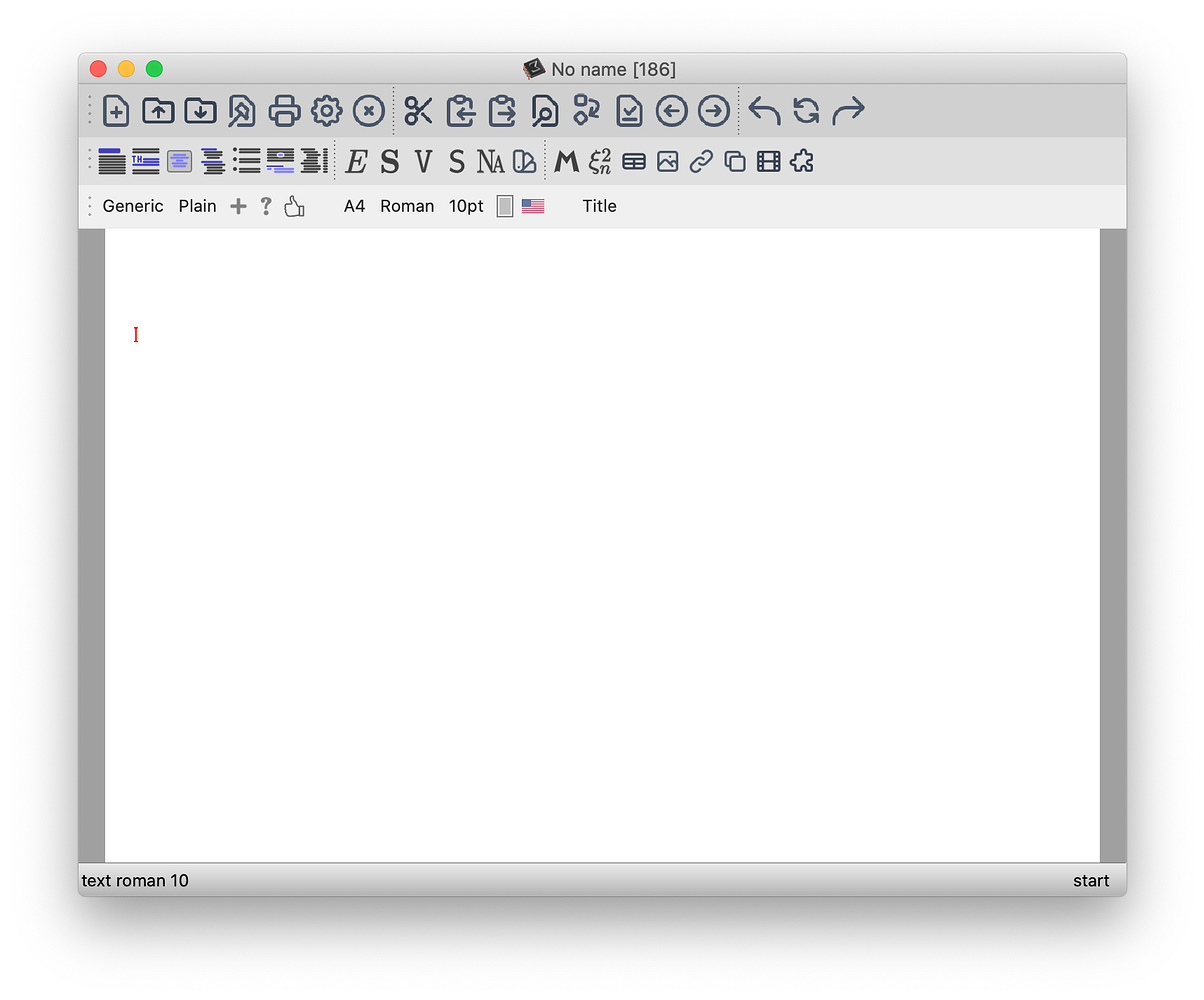
Texmacs unix software#
⋆ This is the abstract of a software demo presented at ISSAC 2012 in Grenoble which was mistakenly omitted in the abstract collection published in issue 182, Vol 46, No. § CEREMADE (CNRS, UMR 7534), Université Paris-Dauphine, Place du Maréchal De Lattre De Tassigny, Paris 75775, France.

‡ Budker Institute of Nuclear Physics, Lavrentiev st. † Laboratoire d’informatique (CNRS, UMR 7161), École polytechnique, Palaiseau 91128, France. ∗ This work has been partly supported by the French ANR-09-JCJC-0098-01 MaGiX project, and by the Digiteo 2009-36HD grant of the Région Ile-de-France. We are also working on better converters to other formats and more specific editing features for graphics, spreadsheets, presentations, etc. In particular, the former X11 based graphical interface has recently been replaced by a modern looking interface relying on the Qt library, with platform dependent widgets and keyboard bindings.
Texmacs unix mac os x#
Our current focus is on better portability to Mac OS X and Windows platforms and on making the user interface even more intuitive. During the last years, TEXmacs has greatly evolved.
Texmacs unix free#
TEXmacs currently supports interfaces for many free computer algebra systems, such as FriCAS, Macaulay 2, Mathemagix, Maxima, Pari, Reduce, Sage, etc., for several other mathematical systems, such as Octave, Scilab, GNU R, Graphviz, TeXgraph, etc., and for certain versions of a few proprietary systems, such as Maple, Mathematica and MuPAD. Another objective of TEXmacs is to promote the development of free software for and by scientists, by significantly reducing the cost of producing documents, presentations, but also high quality user interfaces with other software.

This makes it possible to edit documents in a wysywig and user friendly way, without being distracted by compilation issues or encrypting formulas by L A TEX code. Besides an improved typesetting quality with respect to TEX, the rendering engine has the major advantage that documents are typeset in real time. However, contrary to other programs such as LyX or Scientific WorkPlace, TEXmacs is not a graphical front-end for L A TEX, and an alternative rendering engine has been rewritten from scratch in C++. Some parts of TEXmacs were originally inspired by TEX and L A TEX. TEXmacs runs on all major Unix platforms, Mac OS X, and Windows.

The rendering engine uses high-quality typesetting algorithms for the production of professionally looking documents, which can either be printed out or presented from a laptop. TEXmacs provides a unified and user friendly framework for editing structured documents with different types of content such as text, mathematics, computer algebra sessions, graphics, animations, hyperlinks, spreadsheets, etc. Its development was initiated in the nineties by van der Hoeven and the latest version is available from. 1 Context, motivation, and objectives GNU TEXmacs is a free wysiwyw (what you see is what you want) platform for editing scientific documents.

In this software demonstration we will briefly recall its main features and present some recent developments. 2, Issue 184, June 2013 GNU TEXmacs: a scientific editing platform ∗ ⋆ Joris van der Hoeven – † Andrey Grozin – ‡ Massimiliano Gubinelli – § Grégoire Lecerf – † François Poulain – † Denis Raux – † Abstract GNU TEXmacs is a free software for editing scientific documents, which can also be used as an interface for computer algebra systems. ACM Communications in Computer Algebra, Vol 47, No.


 0 kommentar(er)
0 kommentar(er)
